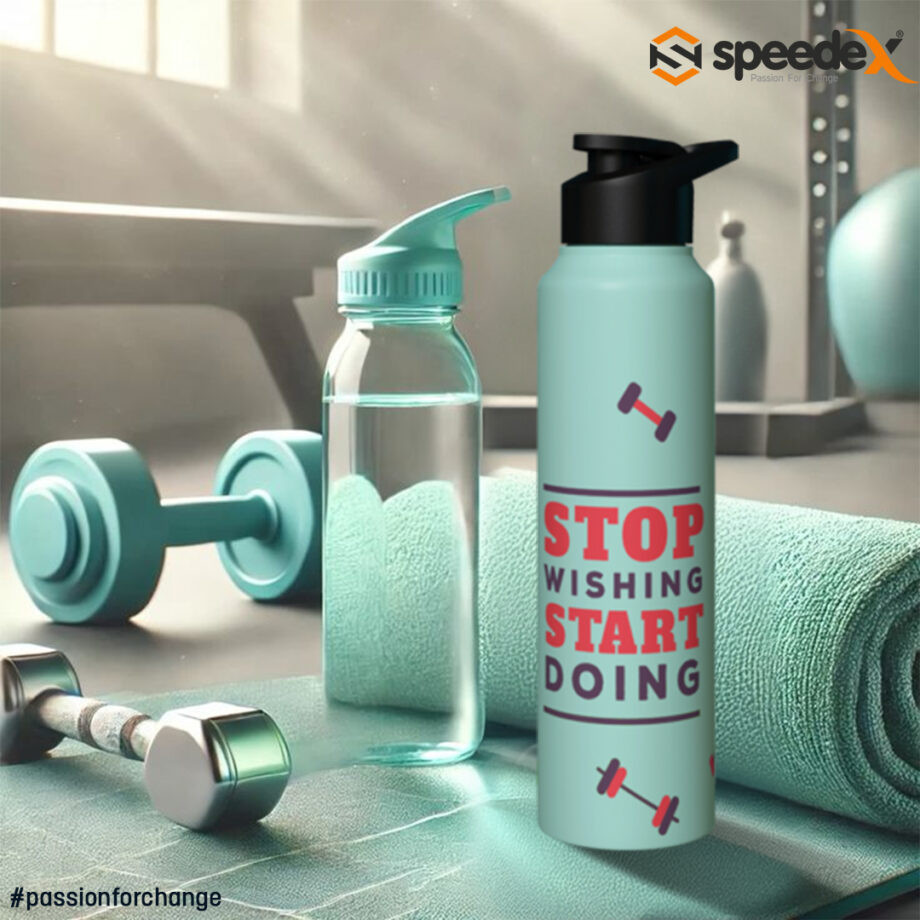In today’s eco friendly bottles, switching from single-use plastics to a reusable water bottle is a small change with a big environmental impact. But once you’ve decided to go reusable, the next step is choosing the right material. Two of the most popular and sustainable options are stainless steel water bottle and glass. Both have unique advantages and drawbacks—so which is best for you?
Let’s break it down.
1. Taste and Purity
- Glass: Offers the cleanest, most neutral taste. It doesn’t retain flavors or leach any substances into the water.
- Stainless Steel: High-quality food-grade stainless steel (like 18/8 or 304) doesn’t affect taste much, but cheaper steel or poorly lined bottles can sometimes give water a metallic hint.
Winner: Glass, for its purity and flavor neutrality.
2. Insulation and Temperature Control
- Stainless Steel: Often comes in double-walled, vacuum-insulated designs that can keep beverages hot for 12+ hours or cold for up to 24 hours.
- Glass: Does not retain temperature well and is not typically insulated.
Winner: Stainless steel, especially if you need to keep drinks hot or cold.
3. Durability and Strength
- Stainless Steel: Extremely durable and shatter-resistant. Ideal for travel, outdoor adventures, and everyday carry.
- Glass: Fragile and can break if dropped, although many come with silicone sleeves for added protection.
Winner: Stainless steel water bottle, hands down, for its resilience.
4. Cleaning and Maintenance
- Glass: Easy to clean and usually dishwasher-safe. Doesn’t retain odors or stains.
- Stainless Steel: Also easy to clean but may retain some odors, especially if not washed regularly. Not all are dishwasher-safe.
Winner: Glass, for effortless maintenance and cleanliness.
5. Environmental Impact
- Glass: 100% recyclable and made from natural materials. Production is energy-intensive but not toxic.
- Stainless Steel: Also highly recyclable and long-lasting. However, the mining and production process is resource-intensive.
Winner: Tie. Both are eco-friendly in their own way, especially compared to plastic.
6. Health and Safety
- Glass: Free from BPA, phthalates, and other chemicals. Transparent, so you can see if it’s clean.
- Stainless Steel: Safe when made from food-grade material. Some cheaper brands may contain inner coatings that degrade over time.
Winner: Glass, especially for those concerned with chemical exposure.
7. Portability and Design
- Stainless Steel: Lightweight (especially compared to insulated glass) and available in a variety of sleek designs, making it a great choice for a water bottle hot and cold.
- Glass: Heavier and bulkier, but aesthetically pleasing and often more stylish.
Winner: Stainless steel, for practical portability.
Final Verdict: Which is Best?
It depends on your lifestyle:
| If You Prioritize… | Choose… |
|---|---|
| Pure taste and cleanliness | Glass |
| Durability and insulation | Stainless Steel |
| Health and chemical safety | Glass |
| Travel and active lifestyles | Stainless Steel |
| Eco-friendliness | Both |
Bottom Line
When it comes to choosing between stainless steel and glass water bottles, the right answer really depends on your lifestyle and personal preferences.
- Choose stainless steel if you’re looking for cool water bottles that are durable, long-lasting, and great for keeping drinks hot or cold all day. They’re ideal for outdoor enthusiasts, commuters, and anyone who values performance and portability.
- Opt for glass if you prefer a pure-tasting drink, easy cleaning, and a stylish, eco-friendly design for your desk or home. Glass is perfect for those who want their hydration to feel clean, minimal, and chemical-free.
In the end, both materials offer fantastic alternatives to plastic and come in a wide range of cool water bottles that suit different tastes and needs. Whichever you choose, you’re making a smart, sustainable choice that supports your health—and the planet.


